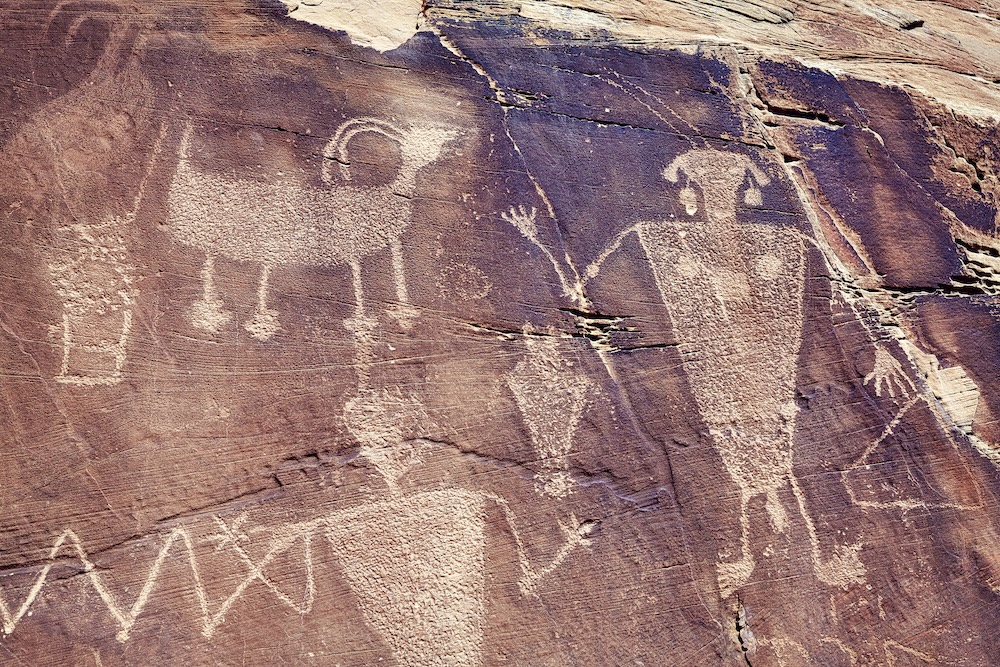Picture this: you wake up to birdsong, not an alarm. Your home is built from natural materials you gathered yourself. Breakfast is fresh from the land, eaten slowly as the morning sun warms your skin. There’s no endless scroll, no rush-hour commute, no junk mail piling up.
But this isn’t about abandoning comfort or going full prehistoric. It’s about taking the best parts of early human life — simplicity, self-sufficiency, connection to nature — and pairing them with the smartest parts of modern civilization: clean water, renewable energy, medical care, and a few well-chosen technologies.
Would it really be so bad? Or could it be the life we didn’t know we needed?
What We’d Gain by Living Like a Modern Caveman
1. Real Connection to Nature
Early humans weren’t “visiting” nature — they lived in it, fully immersed. A modern caveman life could mean:
- Waking up with the sun and sleeping with the stars
- Understanding the seasons through your senses, not a weather app
- Learning where your food comes from because you gathered or grew it yourself
Research shows spending more time outdoors improves mood, boosts immunity, and reduces stress hormones. We evolved for this.
2. Better Physical Health
The “caveman workout” wasn’t a trend — it was daily life.
- Carrying wood and water
- Foraging and walking long distances
- Climbing, bending, lifting naturally
Paired with a whole-food diet — wild plants, seasonal vegetables, and clean proteins — this lifestyle could cut the chronic illnesses tied to sedentary, ultra-processed modern living.
3. Less Stress, More Presence
Without constant notifications, marketing emails, and traffic jams, you’d have mental space for:
- Deep conversations by the fire
- Creative problem-solving
- Time for rest without guilt
The absence of modern noise creates room for a kind of mental clarity we rarely touch anymore.
What We’d Keep from Modern Life
This isn’t about throwing the baby out with the bathwater — a modern caveman life keeps the tools that protect and empower us:
- Clean water & sanitation – No one’s longing for the dysentery days.
- Medicine & emergency care – Broken bones still need hospitals.
- Renewable energy – Solar lights, small-scale wind power, and maybe even satellite internet for emergencies or learning.
- Durable tools & materials – Steel knives, efficient stoves, and clothing designed to last decades, not months.
What We’d Leave Behind
- Endless consumption – No fast fashion, single-use plastics, or “buy it just because” shopping.
- Digital overstimulation – Social media addiction, constant news doomscrolling, and algorithm-driven distractions.
- Excessive waste – Packaging that never decomposes, food waste from overbuying, gadgets that break after a year.
The Sustainability Connection
Early humans lived within the limits of their ecosystems — their “waste” fed the soil, not the landfill. A modern caveman lifestyle could dramatically cut:
- Carbon emissions (fewer fossil fuels, more human-powered living)
- Plastic pollution (no synthetic packaging or disposable plastics)
- Deforestation & resource depletion (fewer material demands overall)
It’s not about nostalgia. It’s about survival — for us and the planet.
The Reality Check
This lifestyle isn’t without its challenges:
- Skill learning curve – Foraging, hunting, preserving food, and shelter building aren’t instant skills.
- Physical demands – It’s active living, not lounging with Netflix.
- Isolation risk – You’d need a community or tribe to thrive long-term.
But these are challenges humans are built to adapt to — and many find the trade-offs worth it.
People Already Doing It
From eco-villages in Europe to off-grid homesteads in North America, there are modern communities blending ancient living with smart tech. They’re proving it’s possible to have both:
- Nature immersion
- Self-reliance
- Selective technology use for safety and connection (try our off-grid energy calculator)
Final Thought: Maybe the Cavemen Were Onto Something
If the past few decades have shown us anything, it’s that more convenience doesn’t always mean more happiness. Maybe what we really need isn’t the next gadget or app — but fewer of them.
A modern caveman life wouldn’t look exactly like the Stone Age. It would be a careful, intentional blend: the grounding wisdom of the past with the life-saving advancements of today.
And if that means fewer plastic wrappers, more sunrises, and a life you actually feel in your bones — maybe it wouldn’t be bad at all.









Reader Interactions